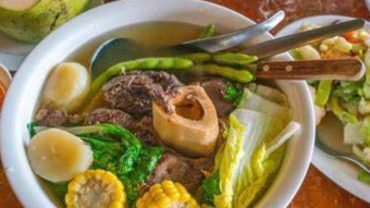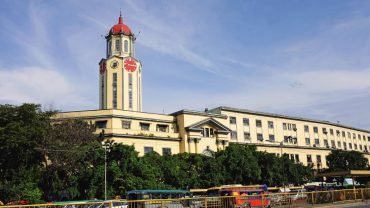Cebu City, the oldest urban center in the Philippines, is a vibrant destination blending rich history, stunning natural wonders, and modern attractions. Whether you’re drawn to its colonial landmarks, pristine beaches, or adrenaline-pumping adventures, planning your trip wisely will enhance your experience. Here’s a comprehensive guide with essential tips for touring and traveling in Cebu City.
1. Best Time to Visit
The ideal time to visit Cebu is during the dry season (December–May), when sunny skies and minimal rainfall make it perfect for beach outings, island-hopping, and outdoor activities like canyoneering 113. January is particularly exciting due to the Sinulog Festival, a colorful celebration featuring street dances, parades, and cultural performances 17.
For budget travelers, the low season (July–October) offers fewer crowds and discounted accommodations, though occasional rain showers may occur 117.
2. How to Get There
- By Air: Mactan-Cebu International Airport (MCIA) connects to major cities like Manila, Seoul, Singapore, and Hong Kong. It’s Asia-Pacific’s “Best Airport,” ensuring a smooth arrival 18.
- By Ferry: If coming from nearby islands (e.g., Bohol or Manila), ferries like OceanJet or 2Go are affordable but slower (e.g., 24 hours from Manila) 213.
- From the Airport: Use MyBus (₱50) or ride-hailing apps like Grab to avoid taxi scams. Avoid unmetered airport taxis 713.
3. Getting Around Cebu City
- Jeepneys & Buses: Cheap (₱10–₱30) but crowded. Ideal for short distances like Colon Street (the oldest road in the Philippines) 78.
- Ride-Hailing: Grab is reliable for taxis and motorbikes (Angkas/Joyride) 213.
- Rent a Motorbike: For exploring south Cebu (e.g., Kawasan Falls), rentals cost ~₱500/day 1317.
- Private Vans: Best for group tours to Oslob or Moalboal but pricier 13.
Pro Tip: Traffic is heavy—factor in extra travel time 16.
4. Must-Visit Attractions
Historical & Cultural Sites
- Basilica del Santo Niño: The oldest Catholic church in the Philippines, home to the revered Santo Niño relic 78.
- Fort San Pedro: A 16th-century Spanish fort with lush gardens 714.
- Colon Street & Heritage Monument: Explore the oldest street and a sculpture depicting Cebu’s history 78.
Nature & Adventure
- Kawasan Falls: Try canyoneering (jumping cliffs into turquoise waters) 14.
- Oslob: Swim with whale sharks (ethical concerns noted—research operators) 116.
- Moalboal: Snorkel with sardine shoals and turtles 14.
Day Trips
- Malapascua Island: Dive with thresher sharks 1.
- Bantayan Island: Relax on powdery white beaches 1.
5. Food & Dining
Cebu is a foodie paradise! Don’t miss:
- Lechon: Anthony Bourdain’s favorite roasted pig, best at House of Lechon 17.
- Street Food: Try puso (hanging rice) and balut (fermented duck egg) 17.
- Bohol Bee Farm Café: Organic dishes in Cebu City 7.
6. Budget & Money Tips
- Cash is king: Many places don’t accept cards. ATMs charge high fees (~₱250/withdrawal) 27.
- Save on tours: Book combo packages (e.g., whale sharks + Kawasan Falls) via Klook 413.
- Accommodation: Stay in Lahug or Downtown for convenience. Budget hostels start at ₱1,000/night 14.
7. Packing Essentials
- Light, breathable clothing + rain jacket (June–Nov) 1.
- Swimwear, water shoes (for canyoneering), and reef-safe sunscreen 417.
- Comfortable shoes for walking tours 7.
8. Cultural Etiquette
- Dress modestly when visiting churches (cover shoulders/knees) 2.
- Bargain politely at markets but avoid haggling over small amounts 17.
Final Thoughts
Cebu City offers a perfect mix of history, adventure, and relaxation. Plan ahead to avoid traffic hassles, prioritize ethical tours, and immerse yourself in the local culture. Whether you’re chasing waterfalls or savoring lechon, Cebu promises an unforgettable journey!
Ready to explore? Book flights and hotels early for the best deals 17.




Comment (0)